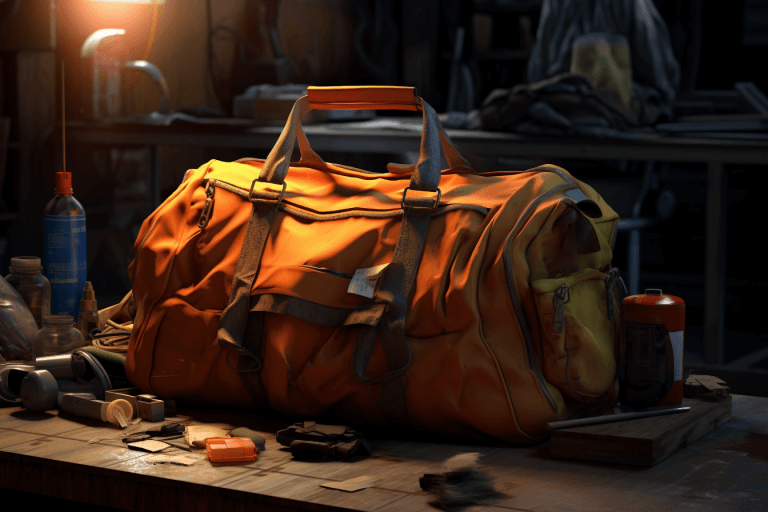Essential Guide To Survival Kits – Part 4
Survival Kit Items: Building the Core of Your Kit

Survival Kit Items: Building the Core of Your Kit
A. Essential Categories
1. Water and Purification
We must have water to live. It’s important to have things like cleaning tablets, small filters, and foldable water containers. Having clean water to drink is very important for survival.
2. Food and Nutrition
Food is just as important for keeping energy up. Start by packing foods that won’t spoil like energy bars, dried fruits, and nuts. Think about adding small, high-energy foods made for emergencies.
3. Shelter and Warmth
Protection against the elements is crucial. Compact shelters like emergency bivvy bags, space blankets, and hand warmers can provide warmth and shelter, helping prevent hypothermia and exposure.
4. First Aid and Health
A well-stocked first aid kit can address minor injuries and prevent infections. Include basic supplies like bandages, antiseptics, pain relievers, and any personal medications, ensuring you can quickly address health needs.
5. Tools and Equipment
Useful tools like a multi-use knife, paracord, and fire-starting gear are very important. These items can be used in many ways, like making a shelter or cooking food. They help you adjust and stay alive.
6. Communication and Navigation
Staying connected and know your location. Include a hand-crank or battery-powered radio, a whistle, a compass, and maps of the local area to ensure you can communicate and navigate effectively.
B. Selection Criteria
1. Durability
When choosing survival kit items, prioritize durability. Items should withstand varying conditions and frequent use. Opt for products with robust construction and materials that can endure the rigors of survival situations.
2. Multifunctionality
Multifunctional items that serve more than one purpose save space and weight. Consider tools that combine functionality, such as a multipurpose knife with built-in fire starter, to maximize utility and efficiency.
3. Size and Weight
The compactness and weight of items are important considerations. Select lightweight, space-saving options that don’t compromise on functionality. Because the goal is to create a kit that is comprehensive yet portable, assemble it for ease of transport and maneuverability.
Be deliberate building the core of your survival kit. You need to include essential items. Balance the need for water, food, shelter, health, tools, and communication with this selection criteria: durable, multi-use, size, and weight. This results in a well-rounded, reliable survival kit tailored to your needs. This ensures you are well-equipped to face any emergency or survival scenario.
